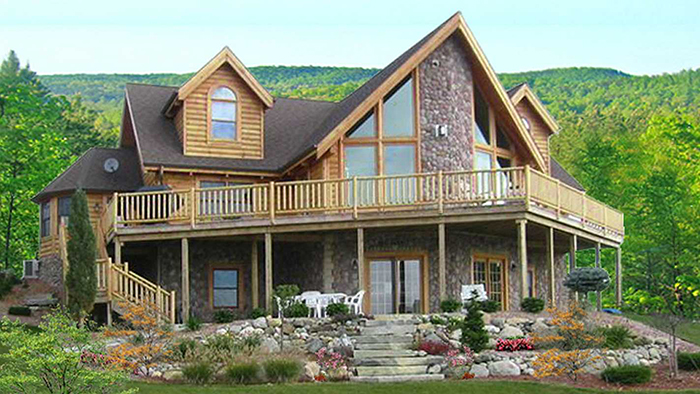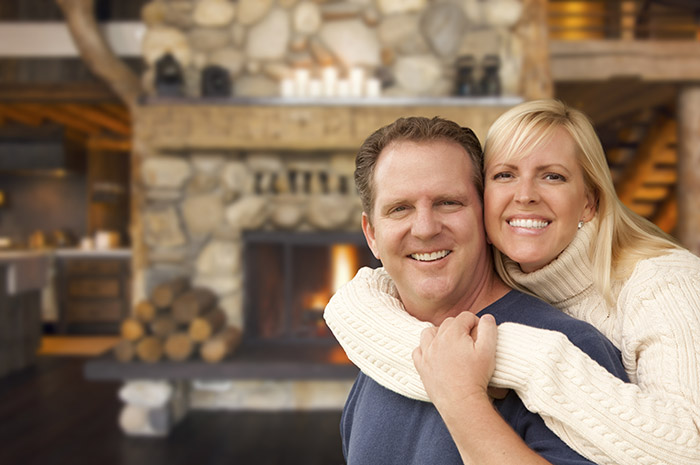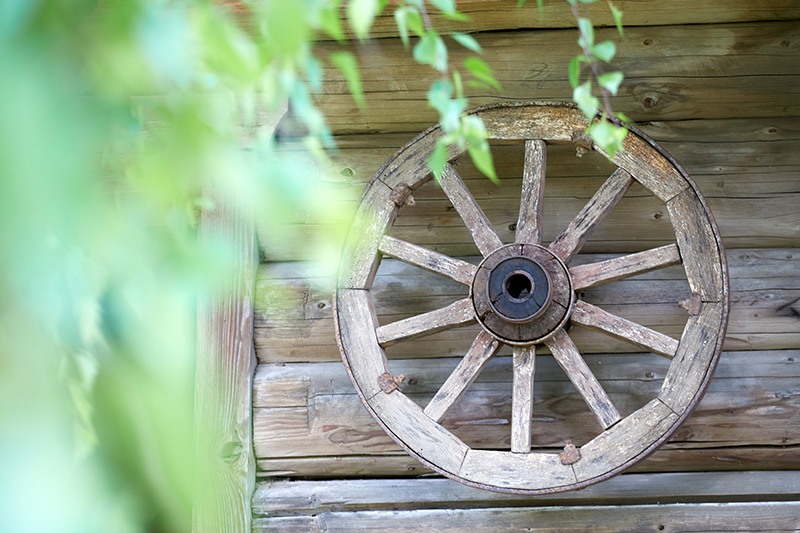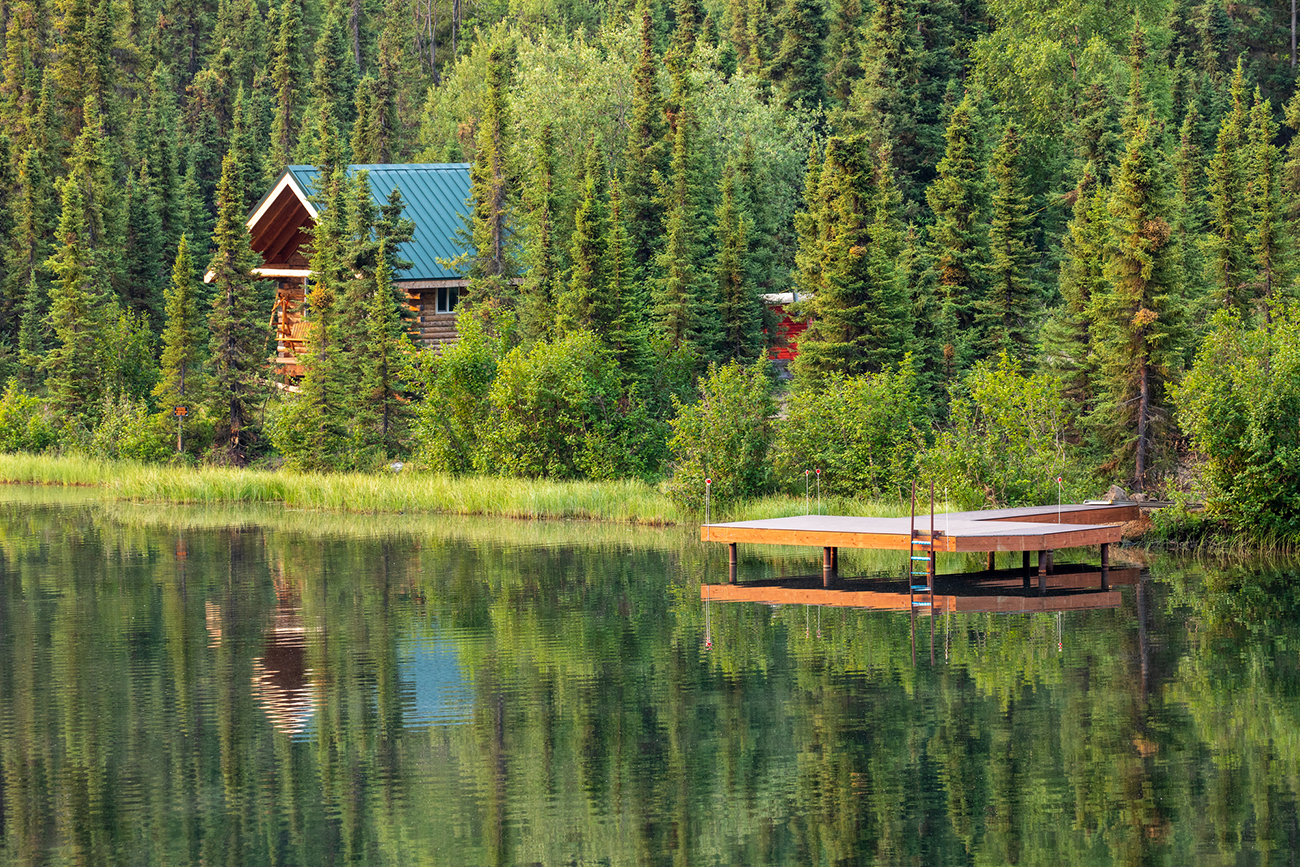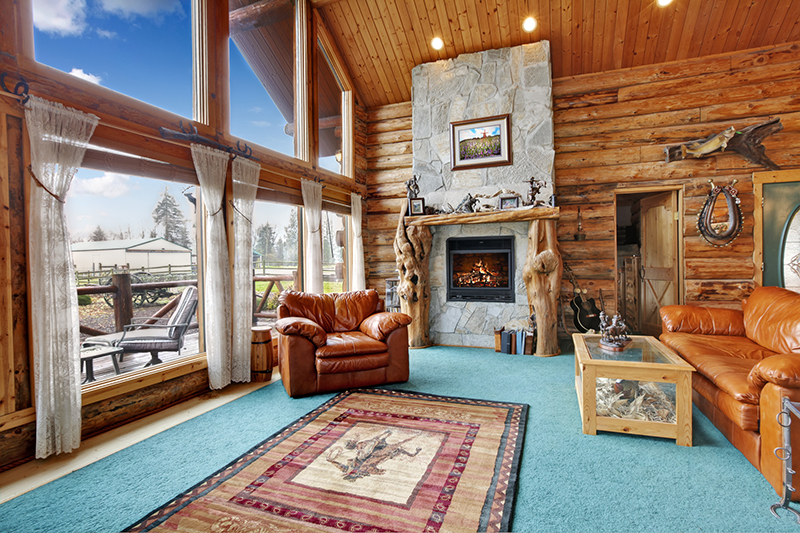Step #5
Manage your loan-to-build schedule.
Once you submit your loan application, and after you get your funds, the clock starts ticking with both the bank and the log home manufacturer. It is important to align the timing of the loan and the construction process.
Start making a list of all the costs for your home. Think of it in stages: list the costs of land preparation, utilities connections, laying of the foundation, roadways, and driveway, and permit and inspection fees. Then list costs for the log home kit, delivery fees, equipment to unload the kit, erection of the log home, window and door packages, and roofing. After that will come costs for the installation of plumbing, electricity, and HVAC systems. Finally, determine costs for interior finishes like flooring, lighting, cabinetry, kitchen and bath installations, and exterior landscaping.
Then make a schedule of homebuilding steps that correspond with loan disbursements. Certain percentages of your loan will be paid as a “draw” as the work progresses. The number of draws and percentages varies among both lenders and log home manufacturers, so be sure to ask for help from both of those parties as well as your general contractor to map everything out upfront, so you’ll have a workable plan with fewer surprises.


